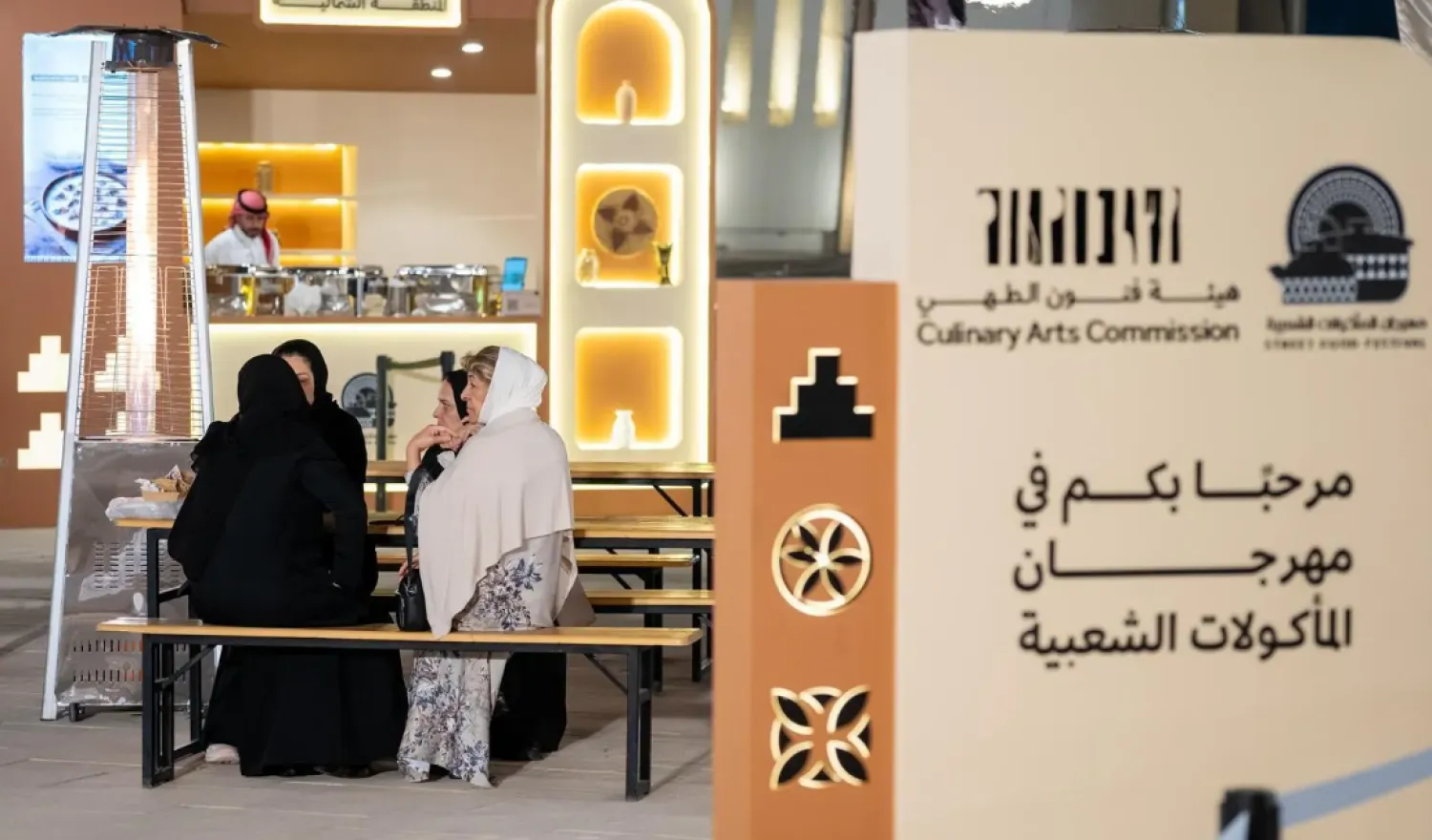People stop reading in adulthood for lots of reasons. But it’s never too late to turn the page on old habits and start again.
Curling up with a good book can reduce stress, increase creativity and boost empathy. A recent analysis of US government data found that the percentage of Americans who read for pleasure during an average day has fallen to 16% in 2023 from 28% in 2004. That includes not just books but audiobooks, e-books and periodicals like magazines, The AP news reported.
Some people say they're fatigued from years of assigned reading in school. Others don't have the time or would rather zone out by doom-scrolling on social media. And many just got out of the habit.
“It’s difficult for people who are really tired and busy to think about getting into reading if it’s not something they’re used to,” said Jacqueline Rammer, director of Menomonee Falls Public Library in Wisconsin.
For those looking to set reading goals or resolutions in 2026, here's how to get back into the habit.
Choose the right book When picking your next book, avoid dense nonfiction or a 500-page doorstop.
“Your first book should be something that you think will be joyful,” said Jocelyn Luizzi, a software engineer from Chicago who blogs about books.
Everyone's taste is different, so get recommendations from a variety of places including friends, booksellers and online communities like BookTok.
Rammer and her staff ask library visitors: What was the last book, TV show or movie that you really enjoyed? Then, they look for similar genres or themes.
Many libraries offer access to a service called NoveList which suggests “read-alikes” for various books and authors.
Set a reading routine To create a habit that sticks, “start by scheduling reading into your day,” said Gloria Mark, an attention span expert with the University of California, Irvine. Read five pages during a lunch break or right before bed.
If you're reading a physical book, Mark said to avoid distractions by keeping phones and laptops out of sight.
But experimenting with other formats can make reading more convenient. E-books are portable and audiobooks are a good candidate to accompany chores or the morning commute. You can likely access both for free by downloading an app called Libby and signing in with a library card.
Try to read in a quiet setting, but don't be afraid to make it a social activity. Many cities in the US and around the world host silent book clubs where people read their own books together in coffee shops and libraries.
Setting a reading goal for the year or joining a local library's winter reading challenge can help with motivation — but if it feels like added pressure, don't do it.
Shannon Whitehead Smith, a book blogger from the Atlanta area who also works in marketing, says scrolling through lists of other people's reads on social media and trackers like StoryGraph encourages her to keep the habit.
“Seeing all these other people reading motivates me to put my phone down and pick up this book that’s sitting beside me,” she said.
Feel free to skip a read if a book feels particularly sluggish, it's OK to put it down and start another. Reading “shouldn't feel like a burden,” said Jess Bone with University College London, who analyzed the survey data about American adults reading for pleasure.
Routine readers say the habit helps them stay curious and release the stress of the day. Rammer, the library director, reads mysteries rife with twists and turns, and romances that cycle through roller coasters of emotions.
Most of all, she likes books that end with a “happily ever after.”
“I think the guarantee of knowing that things are going to end up OK is really reassuring,” Rammer said.









